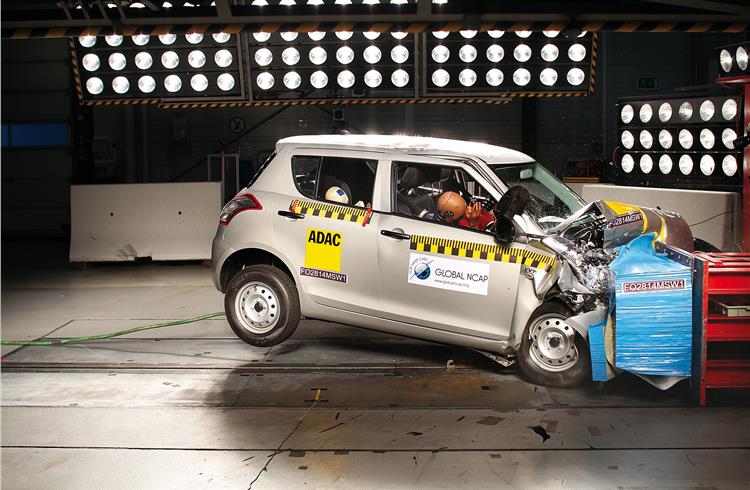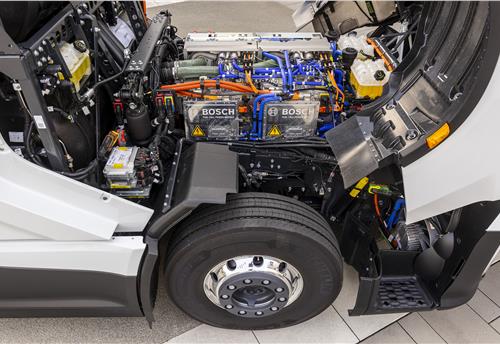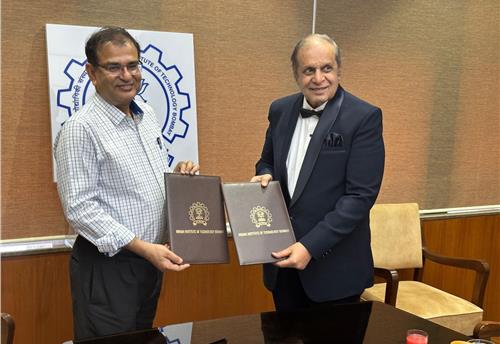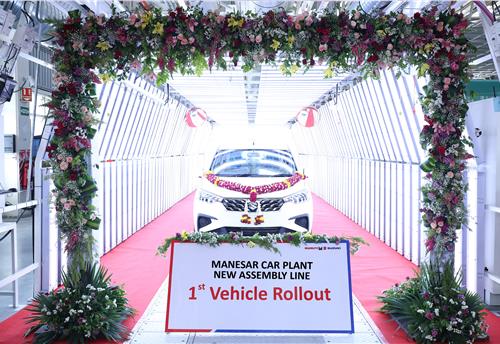Government working to bring crash testing to India
In a development that is bound to help the cause of safer cars for India, the government and the authorities concerned have been studying a way to adapt global crash tests to Indian requirements.
In a development that is bound to help the cause of safer cars for India, the government and the authorities concerned have been studying a way to adapt global crash tests to Indian requirements. Tentatively called the Bharat New Vehicle Safety Assessment Programme (BNVSAP), the proposed program will be modeled on the New Car Assessment Programme (or NCAP) and will be implemented in a phased manner.
‘Phase 0’ starting March 2015, will centre around the commencement of crash test facilities at the Automotive Research Authority of India in Pune, International Centre for Automotive Technology at Manesar, and the Global Automotive Research Centre in Chennai. The plan is for vehicles to be rated on the basis of their performance in frontal offset, side impact, pedestrian protection and child safety tests.
October 2016 will mark the start of the voluntary part of Phase 1, where carmakers will be at liberty to choose if and which of their cars should be assessed. However, come October 2017, new car assessment will become mandatory with the choice of car to assess testing with the BNVSAP’s administrative body. In addition to this, carmakers will also be allowed to voluntarily send new and existing cars for crash testing. Interestingly, in Phase 1, cars will be tested as per the United Nation’s Vehicle Safety Regulations. That means the crucial 40 percent front offset test will be conducted at 56kph.
Phase 2, that will come into effect in October 2020, will see the same test conducted at 64kph in line with NCAP’s methodology for testing. The 8kph increment may not seem like much, but as per NCAP’s research, 64kph is the speed at which most occupant fatalities occur. Phase 2 will also see the introduction of a rear impact test (at 35kph), a full frontal test (at 50kph), and also a proposed test for whiplash. Finally, requirements of Phase 3 of the programme that starts in October 2022 will be evolved on the basis of accident test data whose collection has already started this year.
At present, India does not have the requisite facilities to carry out crash tests. In fact, NCAP’s crash tests of seven Indian cars carried out over this year required the cars to be shipped to ADAC’s facility in Germany.
The crash tests and their results will be a boon for Indian car buyers who presently need to rely on non-standardized and hard-to-find accident data to know how safe a car is. With easy access to objective safety information should, in turn push image-conscious manufacturers to develop safer cars with strong body structures and safety basics as anti-lock brakes and airbags. Both of the above outcomes were noted in the South American car market following the introduction of the Latin NCAP, and there’s no reason why we can’t expect the same impact in India when BNVSAP is implemented.
RELATED ARTICLES
Bosch hydrogen engine tech-powered truck to be on Indian roads this year
The global supplier of technology and services is betting big on both electromobility and hydrogen. While announcing the...
IIT Bombay inaugurates Arun Firodia Research Floor
IIT Bombay, one of India’s top technical and research institutions, honours Kinetic Group chairman Dr Arun Firodia, one ...
Maruti Suzuki expands capacity at Manesar plant by additional 100,000 units
New assembly line at Plant A expands total manufacturing capacity at the Manesar plants to 900,000 units per annum. Alon...





 27 Nov 2014
27 Nov 2014
 3297 Views
3297 Views





 Autocar Pro News Desk
Autocar Pro News Desk




